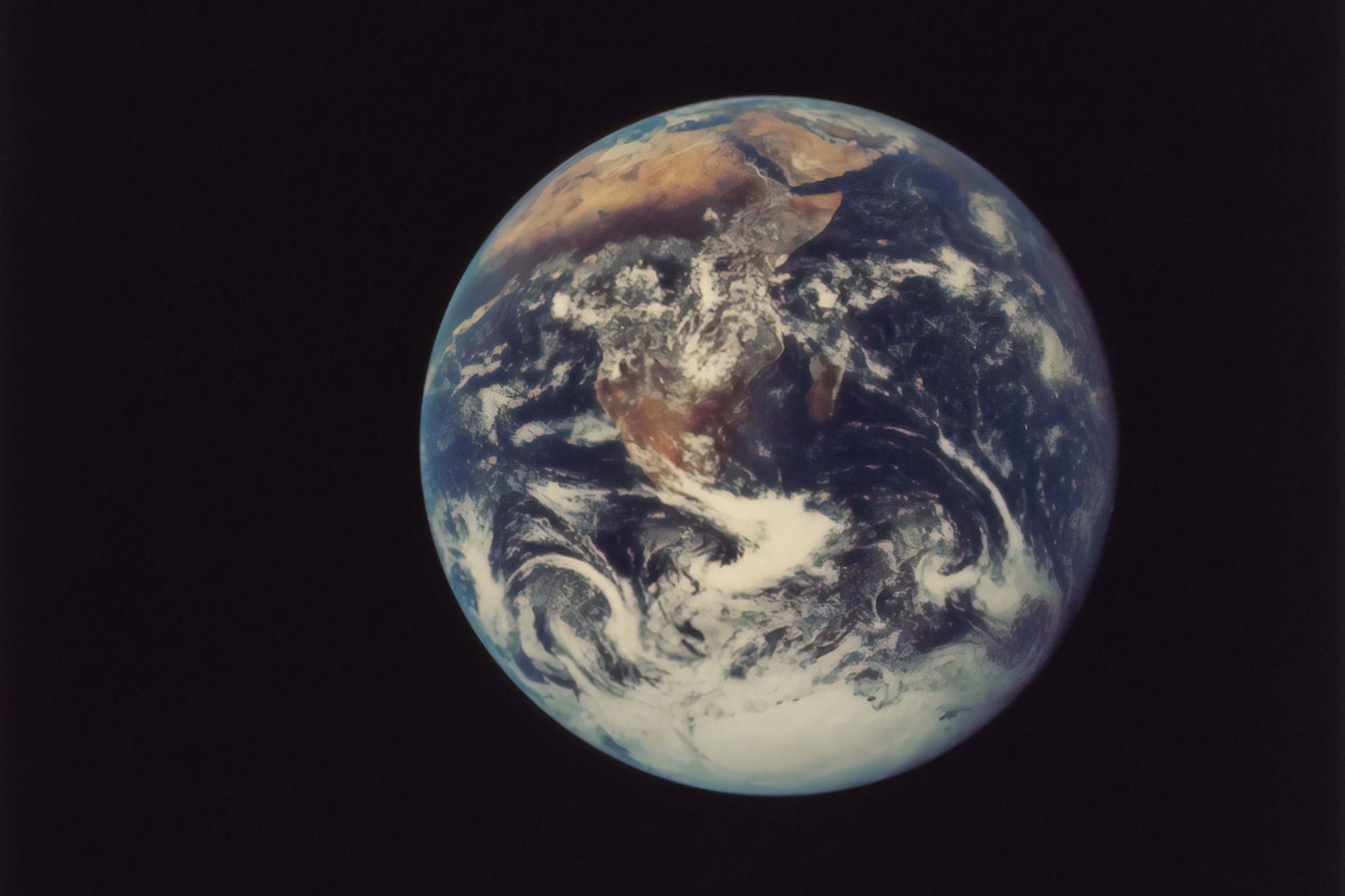With media attention centred firmly around coronavirus right now, you’d be forgiven for forgetting that today is Earth Day.
Celebrating its 50th year, Earth Day started as a call for environmental reform following a Californian oil spill, and still stands as a day of collective reflection on the importance of the planet’s health.
It’s usually a day of heightened awareness for environmental issues, but things look a bit different this year.
The ever-pressing climate crisis has been left on the backburner as the global pandemic rages around us, demanding our attention, resources and fuelling much of our fear. Reports of new cases and death tolls, spikes and curves and political responses flood our media outlets daily; constant reminders of a changing world that, at times, feels well beyond our control.
With the news already so grim and people’s personal perils more pressing than ever, it’s understandable that no one should want to turn their attention to another looming crisis. Lives and livelihoods are being lost, the global economy is taking a beating and healthcare systems are under strain – it hardly seems like the time to worry about the planet.
And yet, it seems that the opposite is true.
The arrival of coronavirus has reminded us of our vulnerability, as individuals and a collective. Without being a natural disaster as such, it’s a crisis that has – in part – been borne from the relationship between humans and the natural world, and we’re now confronted with the repercussions in a way we haven’t been before.
While COVID-19 has forced us into isolation, we’re being given an opportunity to rethink the way we operate, and the kind of world we want moving forward.
Since heavily imposed lockdowns were enforced in manufacturing countries like China and India, we’ve seen glimpses of what a world with reduced pollution might look like.
In February, NASA reported that China’s levels of nitrogen dioxide (a pollutant from burning fossil fuels) were down by 30 per cent compared to the previous month, and their carbon emissions had dropped by more than a quarter.
“It is an unprecedentedly dramatic drop in emissions,” Lauri Myllyvirta, lead analyst at the Centre for Research on Energy and Clean Air, told NPR.
“I’ve definitely spoken to people in Shanghai who said that it’s been some of the most pristine blue skies that they remember over the winter.”
It was a similar story in India, with pollution levels across the country dropping dramatically since their lockdown began a month ago.
Residents in northern states such as Punjab flooded social media with images of the Himalayan mountain range some 200 kilometres away, which had been shrouded in pollution for the past 30 years.
Himalaya mountains can be seen from Jalandhar since pollution has reduced in Punjab. Beautiful sight 😍#punjab #COVID19 #pollution pic.twitter.com/iZy7hwxX9R
— TjSingh (@covsinghtj) April 3, 2020
As well as cleaner air, a lack of human activity has also provided space for animals to thrive. Urban wildlife such as boars and goats have been roaming empty streets in Spain and Wales, while tourist-free beaches in Thailand have welcomed a record number of leatherback turtle hatchlings.
It’s somewhat heart-warming to see the reclaiming of city spaces, but coronavirus is forcing us to rethink our relationship with animals for other reasons.
While the original source of COVID-19 is still unknown, it’s been linked to a wet market in China and was most likely transmitted to a human host through animal contact. This isn’t the first time we’ve seen an animal-borne virus wreak havoc on human health either, with swine flu, Ebola, rabies, SARS and MERS all having done the same.
New research suggests that this kind of transmission is on the rise, and a lot of it has to do with our proximity to animals.
Perhaps it’s not that surprising either, especially when you consider an environment like a Chinese wet market. Home to a lot of illegal animal trade, exotic wildlife like pangolins, civet cats and more are transported from jungles full of unfamiliar parasites or bacteria and then handled by various humans, with plenty of opportunities for transmission.
Deforestation and urbanisation are contributing to this spread too, with people coming into contact with species they may not have encountered before.
Many of us might be shocked by the COVID-19 outbreak, but infectious disease experts say we should have seen this coming and warn that it’s just the tip of the iceberg.
“We are going into largely undisturbed places and being exposed more and more,” the University of College London’s biodiversity and ecology professor Kate Jones told The Guardian.
“We are creating habitats where viruses are transmitted more easily, and then we are surprised that we have new ones.”
While 2020 has already been marred as the year of coronavirus, it’s also the start of a new decade, and a chance to turn things around. The next ten years are crucial to the future of our planet, with the Intergovernmental Panel on Climate Change (IPCC) warning us that we have to stay vigilant to slash global emissions almost in half by 2030.
It sounds challenging, and yet we’re already seeing how rapidly reduced activity can clear skies, welcome back wildlife and potentially prevent future cross-transmission of disease.
We won’t live in lockdown forever, and coronavirus will pass leaving us to rebuild and regain some semblance of normality. But we need to reflect on what we want that ‘normality’ to look like, and what parts of a pre-COVID-19 world we should be leaving behind.
The pandemic may be a lesson in the fragility of our place on the planet, but it’s also a call to arms to start protecting it.
Never miss a story. Sign up to Beat’s newsletter and you’ll be served fresh music, arts, food and culture stories three times a week.







